The public character of Washington has grown around two grand plans. First, Charles L’Enfant laid out the city as a sacred grove for the marking of America’s history. One century later, the McMillan Commission restored and expanded upon that original design to include the history of the Nineteenth Century. Now, The city center has grown up in the second hundred years since then, enough for Congress to declare the Mall closed to new development. Meanwhile, the rest of the city has built up or spread out into suburbs. In light of the last fifty years, a group of traditional Washingtonian architects have developed an audacious proposal for the next lifetime of growth, McMillan Two. Fulfilling some less-known intentions of the McMillan Plan with slight modifications, this plan essentially calls for bringing Paris, mansard , Seine and all, to the Capital of the United States.
Developed by the Build DC Initiative and architect Nir Buras in particular, the design has been sponsored by the Mid-Atlantic chapter of the Institute of Classical Architecture and Classical America, the National Civic Arts Society, with some support from the DC chapter of the Congress for New Urbanism. Buras’s philosophy draws hard from tradition: we know what is beautiful and what works – and we should do that. Downplaying strident formal innovation, the relationship buildings have to precedents in a cultural tradition guides design. For McMillan Two, France provides that tradition, particularly L’Enfant’s garden models and the Beaux-arts education of Burnham, McKim, and Olmsted. Though the partners have kept much of the project under wraps, Buras has recently begun sharing the outlines of this radical rethinking of DC’s future, namely that “Washington remains the most beautiful city in the nation.”
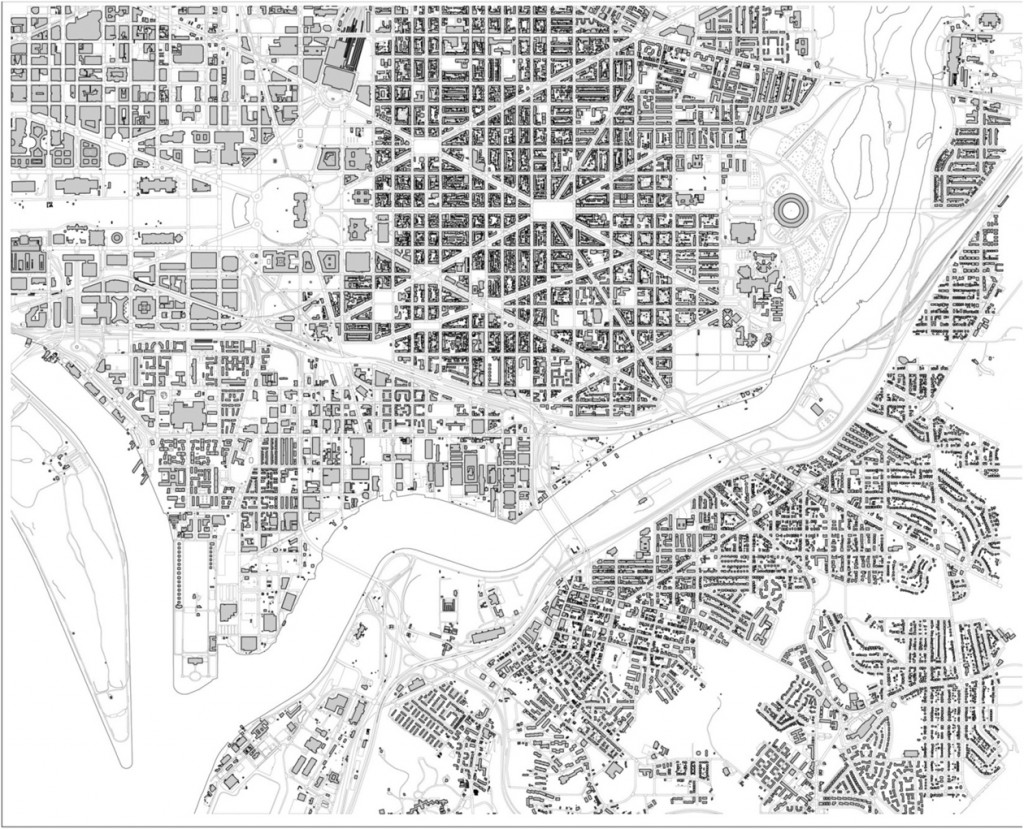
The keystone of the plan is a narrowed Anacostia, slimmed by half to the Seine’s width of around 500 feet. And just as at the Seine, fourteen-foot-tall stone embankments would allow streets to pass over the river at grade, with street level above potential floods. Away from the river, McMillan Two calls for the elimination – or at least burial – of all freeways and rail lines south of the Mall that disconnect River East from the Federal City. In place of these marginal spaces, marshlands, and rivers of concrete, the grid would extend out onto reclaimed land. The new real estate would allow for the construction of thousands of new apartments and offices without directly displacing any individuals. Passing through lots and streets, new avenues would meet at open squares for future monuments after the style of L’Enfant and Haussmann. The largest public area would be a vast basin just north of what is now Poplar Point that would serve as a plaza with around water. Upstream, East Capitol Street would cross over an island modeled on Île de la Cité with the Blue and Orange Lines underground. At the southern end of the project, a gateway of two large pillars on quays would visually separate the Potomac from its tributary.
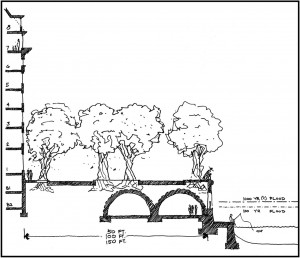
Most buildings would stand six to eight stories tall, with the last two minimized behind a sloped roof. Large tree-lined promenades (Buras believes DC can improve on Paris by adding more trees) would pass throughout the reclaimed area, with particularly verdant ones running along the upper level of the embankment. Spaces created in the embankment promenades would house boat clubs, restaurants accessible from a lower-level embankment. Alternatively, infrastructure such as a Chicago-style service road or commuter rail might fill in the space made by raising the ground level, but again, there is flexibility. Additionally, the plan would improve the street infrastructure while also lessening the dominance of automobiles. The new avenues and side streets would support well more than the current freeways carry and pass over more bridges. An admirer of Hans Monderman, Buras emphasizes the importance of intuitive roads and shared space, citing the George Washington Parkway as a local example of both. In terms of transit infrastructure, Streetcars could also be added as needed, along with bus facilities, but Build DC have deliberately left transportation plans loose, open to long-term change.
This intentional vagueness contrasts with the programmatic specificity in the NCPC’s 1997 Extending the Legacy plan and Comprehensive Plan program. These current successors to the McMillan Plan focus on adding large new public spaces for monuments. Because it sticks primarily to the grid and avenues, the McMillan Two Design appears much less grandiose, but also less green. For example, NCPC calls for East Capitol Street to pass under at an East Mall and then over the Anacostia. The McMillan Two plan would restore the boulevard straight across, with no new parkland. Considering the constant use of the athletic fields around the Mall, retaining the same acreage of useable parkland, or even increasing it, would be wise even if it departs from L’Enfant’s vision. The Frenchman’s genius notwithstanding, the outdoors interests of city dwellers have changed significantly from 1790 and even 1902. Accommodating more active recreation, uses that require substantial space, will enhance the quality of life of residents. Adding a few hundred thousand people while reducing recreation space would diminish the quality of city life and make urbanism less appealing to potential residents.
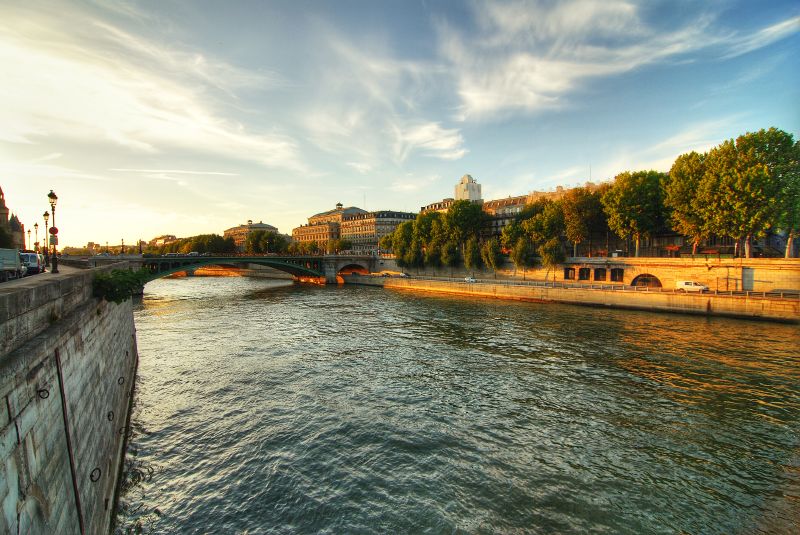
Of course, the trope is that the French don’t exercise too much – so if people will soon be living in Point Peuplier, perhaps lifestyles will change as much as the built environment. But Paris is different than DC in many ways as well. Most importantly, the Seine had a similar, but not identical character. Until the 1700s, the Seine was a very small river except during rainfall, surrounded by mudflats and wetlands. The Anacostia, even in its current state is 1000 feet wide without any rain, even if it’s very shallow in most parts. And even when builders channelized the Seine, its course was not as abstracted as the McMillan Two plan calls for. More generally, Washington’s geology and climate do not totally resemble Paris’s, and a respect for these characteristics of a region should be visible in a city based on the genius of place. In Paris and most of France, limestone is a local material and weather is more temperate; in DC, that material is brick and the humidity can be oppressive. The latter two differences are minor, so Buras argues that the form and style could be appropriately adapted to local needs.
However, Build DC needs to resolve several contentious issues before matters of style come up. First, they must clearly defend the need for such a bold, expensive undertaking. Currently, the area in question lacks important infrastructure, while other, unremarkable areas have access to those resources, but are themselves underdeveloped. Secondly, they need to prove that the environmental effects of eliminating wetlands and narrowing the channel will not adversely affect the river ecosystem or cause further innundation. The elimination of marshes and channelization in other cities has led to serious flooding and dangerous river conditions. Build DC needs to demonstrate that a scheme that remediates the habitat and adds density elsewhere would not work as well. As a secondary question, the known level of dioxin pollution in Anacostia sediment calls into question whether the dredged material could even be used for fill without risking serious contamination. Lastly, they need to settle the means of financing for such a project. Presently, the scheme calls for sale of townhouse-sized lots and the distribution of some lots to residents of Anacostia or other underprivileged groups. But the specifics are not yet set in stone, and Buras freely acknowledges this, even as he anticipates civic generosity from Congress.
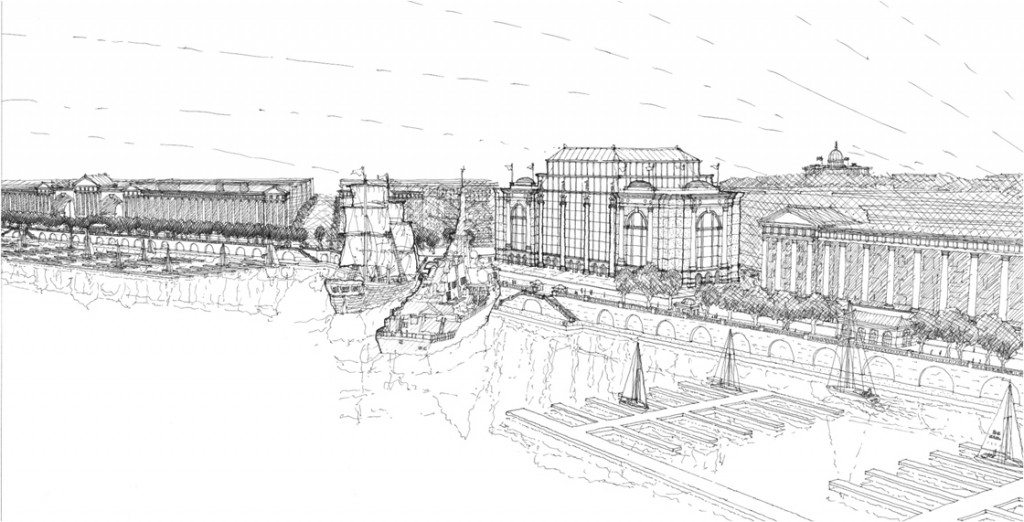
That financial and political support will need to appear before any new Classical plan begins to guide the future of Washington. In regard to its lack of formal approval, the McMillan Two plan resembles the 1909 Plan of Chicago. Brought to the public realm by private figures, the Burnham Plan still guided planners and politicians. Some of the iconic structures never saw completion, but the beautiful parks along Lake Michigan, the transit infrastructure improvements, and the many bridges over the river would not have happened had Burnham and Bennett made only little plans. Unsurprisingly, Build DC is taking a long perspective for completion, one hundred years at least to really see major construction. But for now, the best thing to do with these plans is to debate them. The beauty of unsolicited architecture is that it encourages others react and form ideas in dialogue, so people have some centering when trying to imagine the future. McMillan Two is one such provocation, with brilliant and sound elements along side questionable and uncertain problems. What the region makes of it will depend on a serious consideration of its merits in public debate.
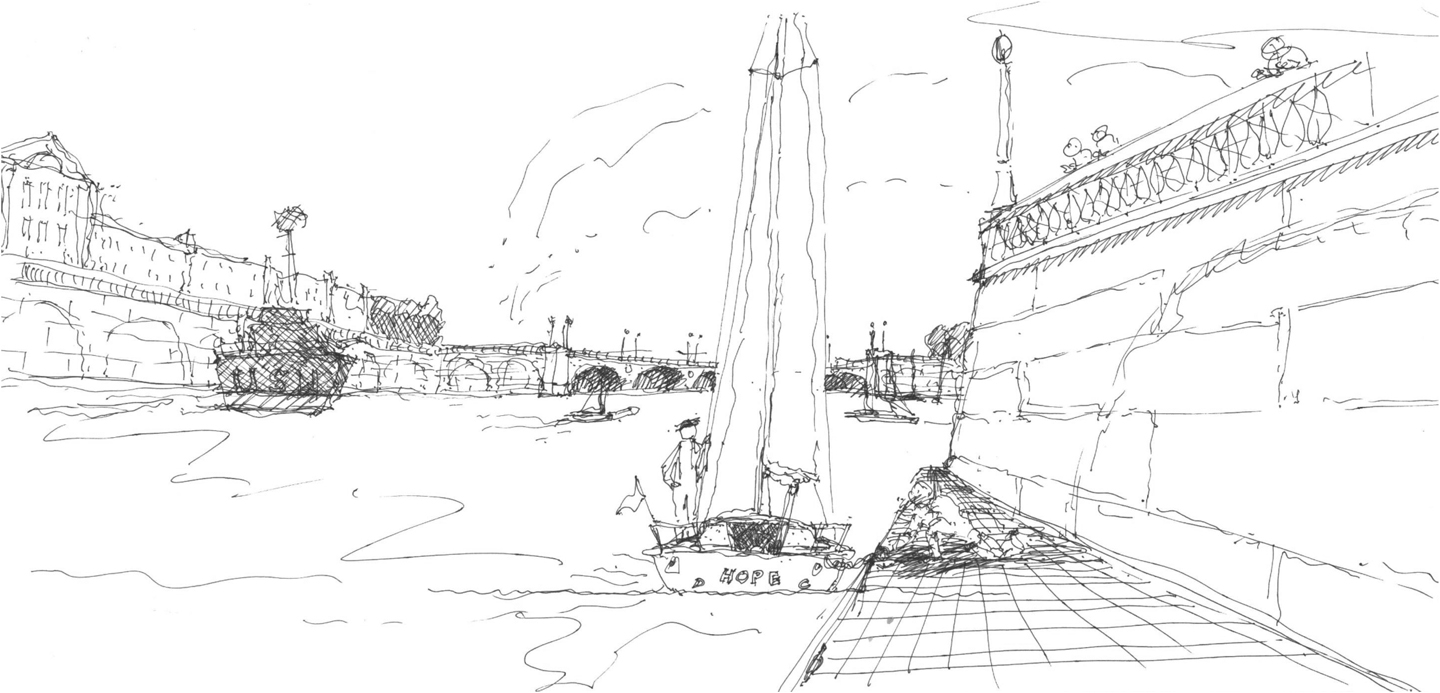
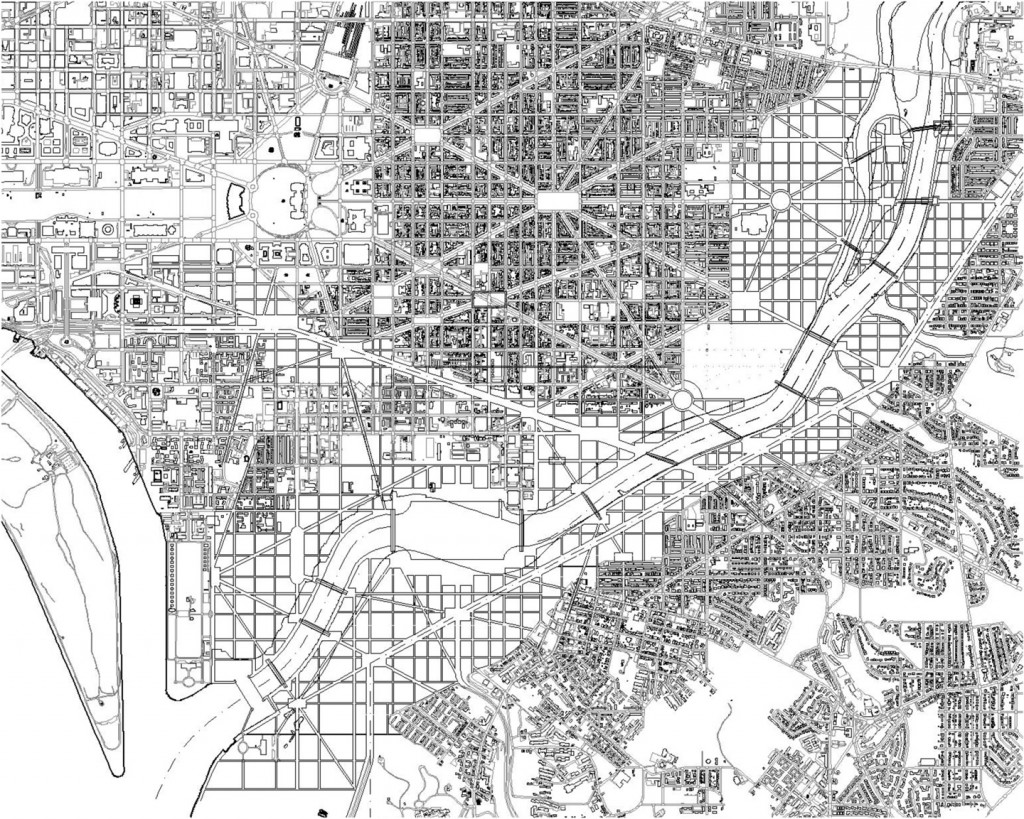
Man, I almost wish this crosspost had a tenth the drama that seems to be happening at GGW.
Well, I wish this blog had a tenth of the daily visitors that GGW does.
Perhaps that drama calls for a beer summit.
I’d be down with that.